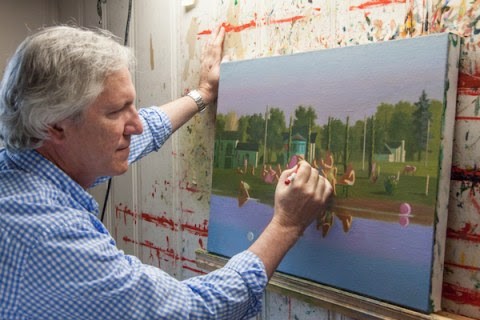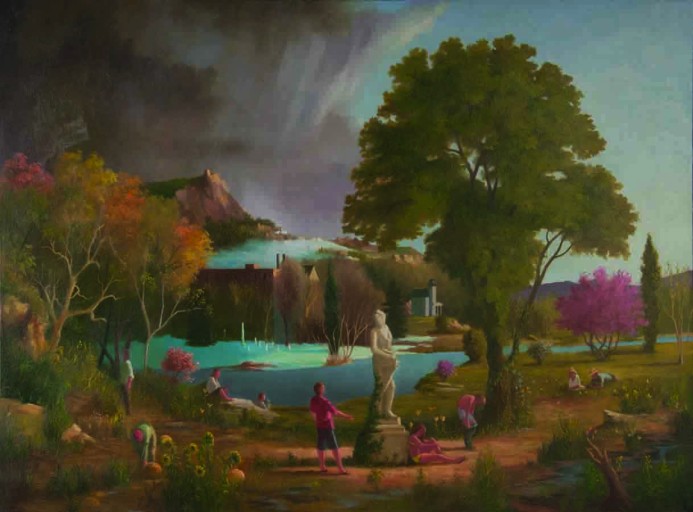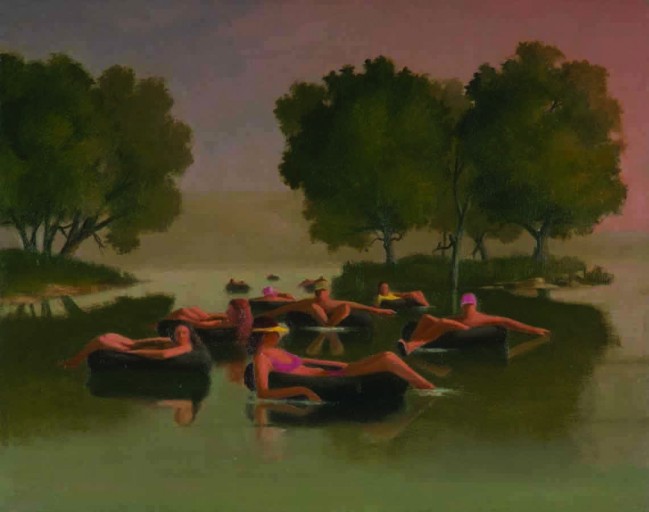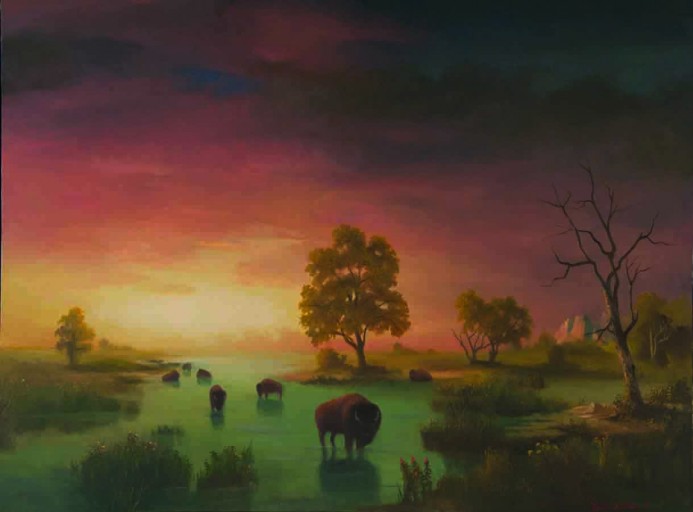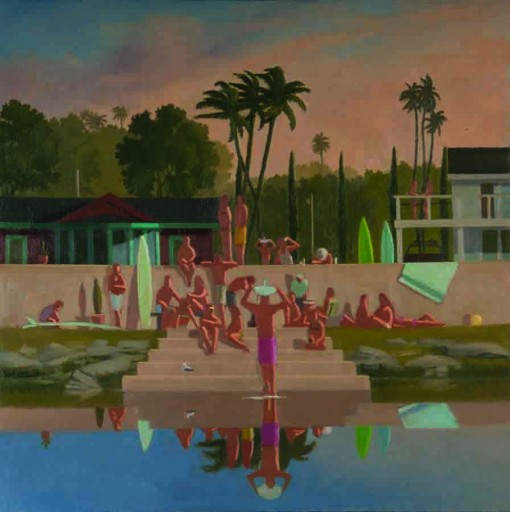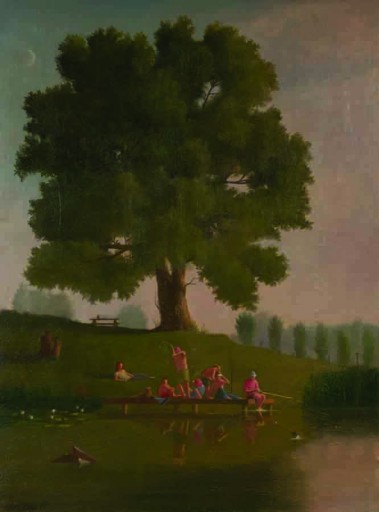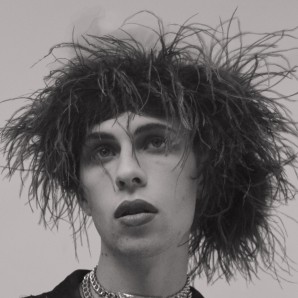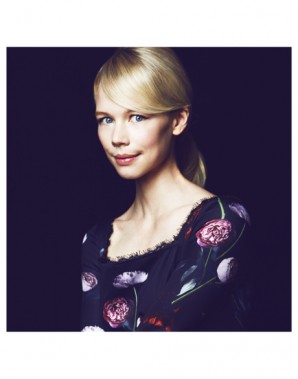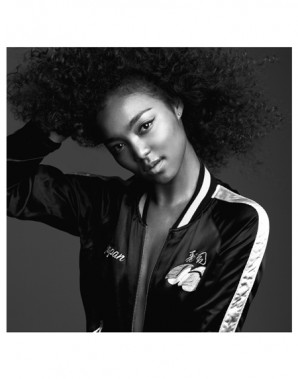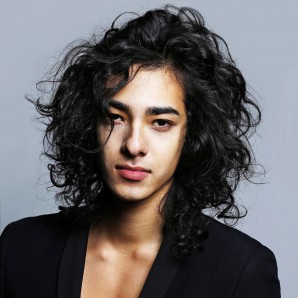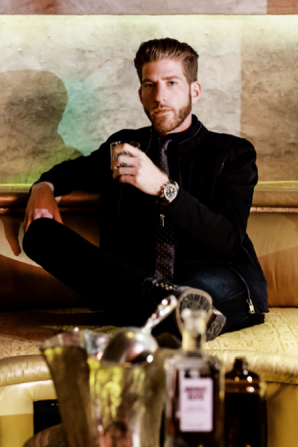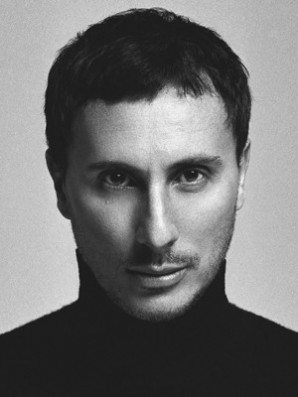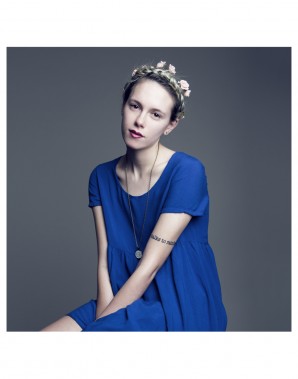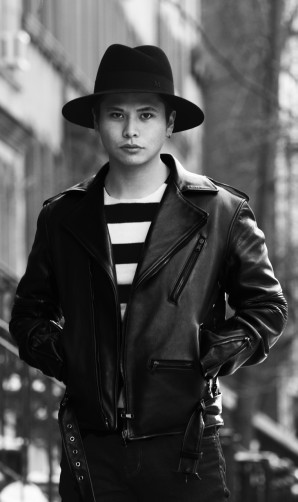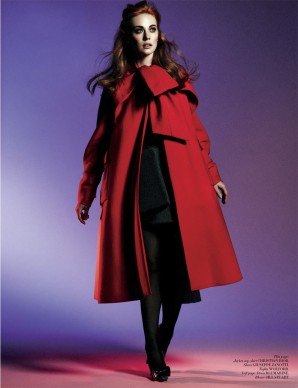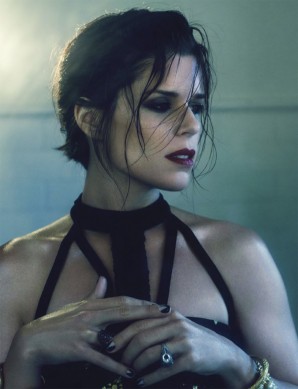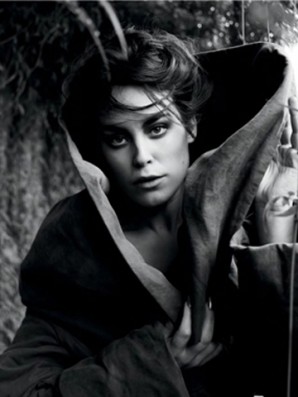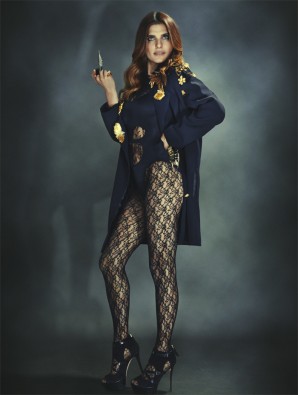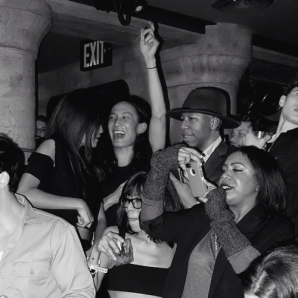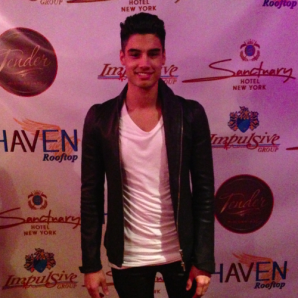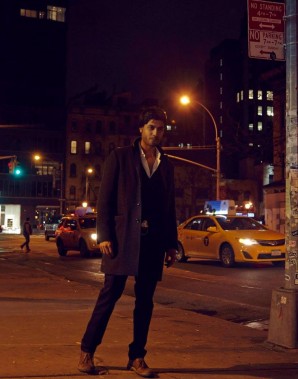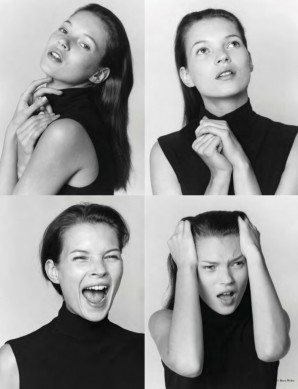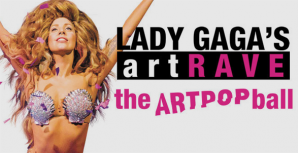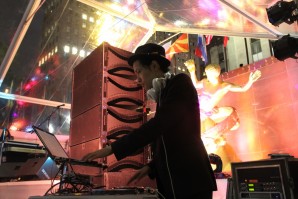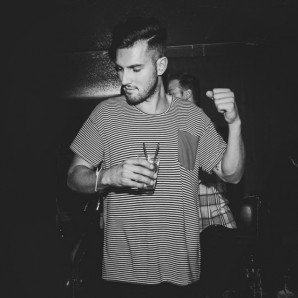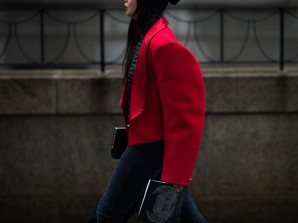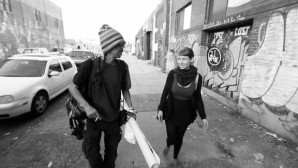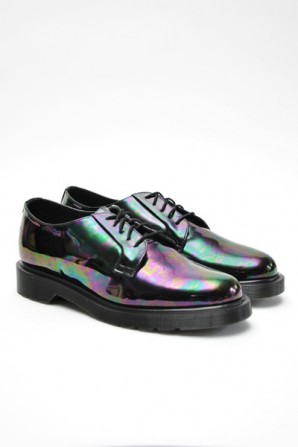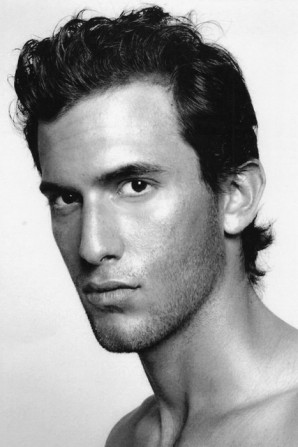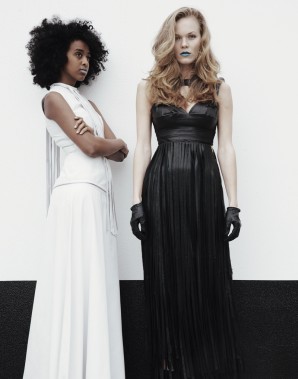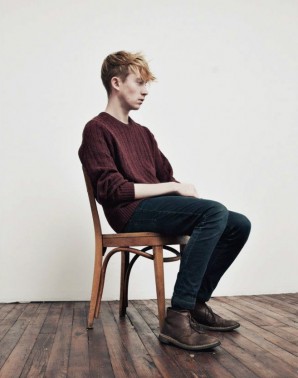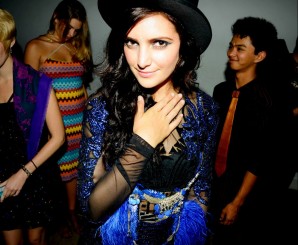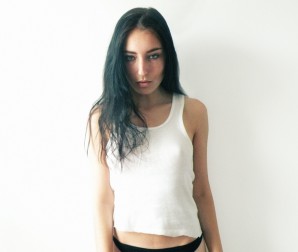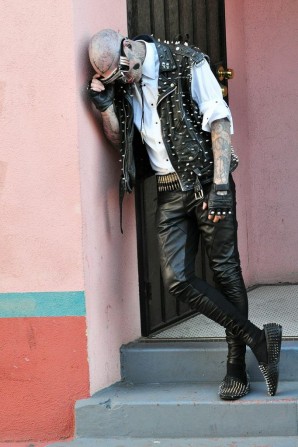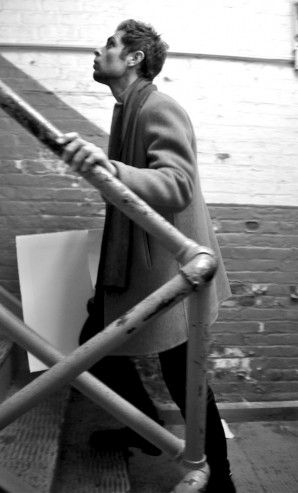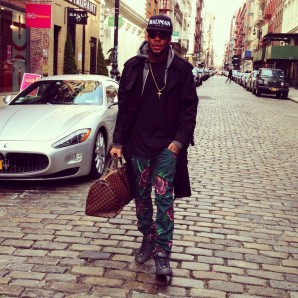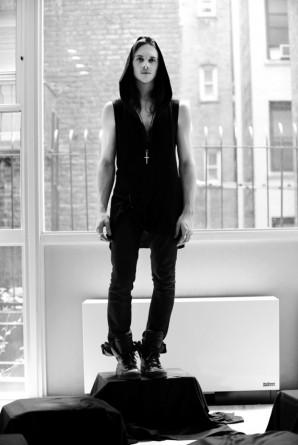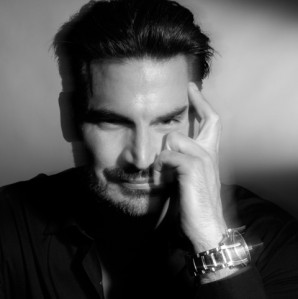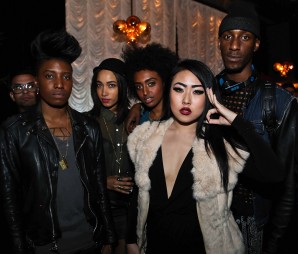TWELV takes a step back and visits the masterminds behind the camera.
Interview: Neurosurgeon-turned-Artist Keith Kattner on the Surgery of Classical Painting
Dr. Keith Kattner does not have the typical background one would expect of a successful neurosurgeon. Though his medical career spans over two decades, his passion for painting has always been the base for his creativity, even within the world of medicine. "I’m an artist who just became a neurosurgeon, but the artist was still beneath it all," Kattner says. But perhaps the term 'Renaissance Man' would be a more apt descriptor, as his interests and accomplishments span an even more diverse range. A deep love of surfing, a fascination with American history, and a lifelong relationship with art– both as an artist and collector- have all been equally important factors in shaping his identity as a painter. In an exclusive TWELV interview, Dr. Kattner explains his transition from surgery to painting, and in the process, sheds some light on the profound commonalities of these seemingly opposing worlds.
Audrey from TWELV: How did your background and upbringing affect your interest in both art and medicine?
KK: When you look at an artist’s painting, a lot of their style comes from their individual story. My story started in Iowa living in farming communities. There wasn’t a lot of artistic culture there, but my mom was a cultured person and she began taking me to art lessons in Nebraska when I was about ten years old. But what I really enjoyed was after the lessons, walking around the museum waiting for my mom to pick me up. I became familiar with the Hudson River artists and their style of painting. I started painting on my own and continued through high school. When I went to undergrad, I had to decide to pursue a career in either biology, history, or art—all areas of passion for me. At the time, I got a job in a pathology laboratory and from there the pathologist mentored me into medicine. And I didn’t have much time to paint. So I ended up in the medical field and then went into neurosurgery.
A: You’ve had a long and successful career in neurosurgery. What moved you to pursue art full time?
KK: When I was a practicing neurosurgeon, I still loved art, but I just didn’t have the time to paint. So I started collecting American art. It began during my residency and then into my practicing years as a surgeon. I started with small Audubon prints from the 1840s and 50s before I started collecting larger original prints. From there, I started to collect all movements of American Art. I sort of supplemented what I really wanted to do by collecting. It’s not like one day I woke up and said “I’m gonna be an artist,” but the urge did start building in me during my years in neurosurgery and I felt like I applied art to neurosurgery.
A: How was the transition away from the world of medicine?
KK: The hardest thing I learned in art was procrastination. One day I just bought a canvas and picked up some paintbrushes, and it was off to the races from there. It reminded me of when I was a child. I couldn’t stop painting after that. So the first 3 or 4 years I knew I was going to paint and transition out of medicine into the art world, and it was just sort of a gradual transition.
A: So there was overlap between your time practicing medicine and painting?
KK: Yes. I used to work from 6AM until 10PM then I would paint for 3 hours after that. And I had to forgive myself for being bad at first. That’s one of the things medicine taught me. You’re not going to be the greatest surgeon in the world the first surgery you do, but you can do many, many surgeries and eventually you learn the technique. I figured if I painted really hard and gave myself a running start, when I left neurosurgery I’d have 4 years of painting under my belt.
A: You’ve painted over 600 paintings at this point. What keeps you engaged and motivated to paint at that level?
KK: Well, I used to give a lot of my paintings away. I gave many to patients, the hospital, and friends. It was all part of the process of learning how to paint. I had a patient who had brain cancer and her high school class was raising money for her. And they asked me if I would provide a painting for the auction, and I did. At the auction someone bought the painting anonymously and then gave it to her. So, that’s really the way I view art. Not as a market, but through experiences like that.
A: How would you compare the process of painting to surgery?
KK: There’s actually a great deal in common. The education of an artist is actually very similar to that in the medical field. In 17th century Dutch art, an artist would work under a master, a Dutch artist who was part of the guild. And the young artist would train under the master for many years. Then he would spend a year in Italy to train with other masters. So, in that way it’s like a fellowship or a residency. The young artist would have to be recommended by 2 other master artists to become part of the guild, and then he’d have to provide his masterpiece. That’s where the term ‘masterpiece’ comes from. As a surgeon resident or fellow, you’re really training your surgeons as a master would train his artistic pupil.
As far as the process of painting itself, I’m really focused in, as if during a surgery. When I’m in the operating room performing on a brain aneurysm, I’m not thinking about anything else outside of that microscope. Nothing matters until I’ve achieved what I need to. And I paint like that, too. I’m so focused on what I’m doing that I become somewhat oblivious to the world around me.
A: Mythical characters and celestial themes are featured in many of your paintings. What is the significance of this style?
KK: Painting is an internal exploration for me. Through my process of learning to paint, I had to think about what to paint. I had to identify the psychological process to paint with. I lived in Manhattan for 2 years just to go to the Metropolitan Museum of Art 3 times a week. And I went through everything. I painted photorealism, realism, portraits, landscapes, abstraction. I worked my way through it all. And then I started painting classical art and it really was a good fit for my personality.
I was trained under a Japanese surgeon, Takanori Fukushima, and I really think that ended up being reflected in my artwork as well. If you look at 19th century prints by the great Japanese printmakers, like Hiroshige, their printmaking was very similar to the classical approach of painting. I think that there’s this kind of clarity and sensitivity that rubbed off on me in my training as a neurosurgeon that is also present in my paintings.
A: Why was classical art the style that most resonated with you?
KK: A classical artist has a different mindset. If you’re a realist or naturalist, you paint the reality in front of you. When you’re a classical artist you have to reorganize those things in front of you in your mind. Through the creative process you start filling the void of the subject matter not being in front of you. It’s like a conversation with your painting.
A: Could you tell me about your upcoming exhibition in November?
KK: It’s going to show my transformation over a two year period. I have one painting called Persephone, and this work is about the four seasons but it’s also about the human life cycle. So I put all four seasons and the life cycle in that painting. For me, this painting brought me back to when I was an intern and I had just delivered a baby. I got a phone call at the same time that day informing me that my father had died. And it really stuck in my mind how the life cycle works. I retrospectively look at life like a memory, and I incorporate it into my art that way. In this work I have a classical composition of structure, and the figures you see are ones I’ve appropriated from various artists—with Persephone herself from iconic classical sculpture.
A: Do you think your style of painting will change in the future?
KK: As far as the direction I’m going at the moment, I’m currently studying the theory of visual signaling in my artwork. The signals that we see as a society that inform us of their meaning by learned experience. I thought, what if I took visual signaling and combined that with the theme of entropy– nature’s tendency to create randomness—and brought that into my paintings. So, as you move away from the chaotic focal point in the painting things get more organized. I’m still refining my process, but that’s the direction my artwork is headed now.
Kattner will be having a major exhibition in New York City opening on November 8th from 6PM - 9PM at the Salomon Arts Gallery, 83 Leonard Street, 4th Floor, and then by appointment until November 13th. Appointments can be made to edentpr@gmail.com or 917-622-8136.
WRITTEN BY AUDREY ROSE
EDITED BY HOLLIS DE LANEY
PHOTO CREDIT: KEITH KATTNER
related posts
IKEMEN #24: LUKE ABBY
IKEMEN (ē´k´mɛn): Japanese Slang
"REALLY, REALLY, RIDICULOUSLY GOOD LOOKING PEOPLE"
ERIN FETHERSTON EXCLUSIVE INTERVIEW
NAME: Erin Fetherston
ORIGIN: California
OCCUPATION: Fashion Designer
CRYSTAL KAY EXCLUSIVE INTERVIEW
NAME: Crystal Kay
ORIGIN: Yokohama, Japan
OCCUPATION: Performer and musician
IKEMEN #23: ANSONI
IKEMEN (ē´k´mɛn): Japanese Slang
"REALLY, REALLY, RIDICULOUSLY GOOD LOOKING PEOPLE"
IKEMEN #22: ADAM SPOONT
IKEMEN (ē´k´mɛn): Japanese Slang
"REALLY, REALLY, RIDICULOUSLY GOOD LOOKING PEOPLE"
BABËL New York Celebrates 1 Year Anniversary With Two Day Event of Excess and Splendor
BABEL NEW YORK acclaimed the NYC party scene in celebration of their First Year Anniversary. As temperatures begin to heat up in NYC, there is no better locale than the much desired rooftop.
BEHIND THE SCENES #2: LUIGI MURENU
TWELV's Behind the Scenes takes a step back and visits the masterminds behind the camera.
IKEMEN #21: MICHELLE VON MANDEL
IKEMEN (ē´k´mɛn): Japanese Slang
"REALLY, REALLY, RIDICULOUSLY GOOD LOOKING PEOPLE"
IKEMEN #20: GEORGE INAKI
IKEMEN (ē´k´mɛn): Japanese Slang
"REALLY, REALLY, RIDICULOUSLY GOOD LOOKING PEOPLE"
DEBORAH ANN WOLL: ALL THE WORLD'S A STAGE
Deborah Ann Woll’s voice glows when she speaks, as warm and full as her golden red hair.
NEVE CAMPBELL: LOSE YOURSELF TO DANCE
Carrying over two decades of the industry on her back, there aren’t many women with the grace and stoicism of Neve Campbell.
GARETH PUGH: ORGANIZED CHAOS
Gareth Pugh is a study in contrasts; balancing the demands of what is created and what is worn; what is in a designer’s control and what is in the hands of the wearer; what must be planned and...
LAKE BELL: THE GREAT LAKE
Lake Bell has made a name for herself as a charming, beautiful, and witty New Yorker capable of indie and blockbuster success (“It’s Complicated”, “No Strings Attached”, “Children’s Hospital...
FRIDAY'S FW PARTY
With Fashion Week’s second day over, Friday night was primetime for some of the most prominent designer to celebrate their successes over a glass of champagne.
IKEMEN #19: SAMAR SAJJAD
IKEMEN (ē´k´mɛn): Japanese Slang
"REALLY, REALLY, RIDICULOUSLY GOOD LOOKING PEOPLE"
Happy Birthday, Kate the Great!
Happy birthday to everyone’s favorite super model Kate Moss. The Brit enters her 40th year with grace, and she looks better than ever.
Lady Gaga's ArtPop Ball
Lady Gaga is back, and this time, it’s not just to perform.
IKEMEN #18: KEIICHIRO NAKAJIMA
IKEMEN (ē´k´mɛn): Japanese Slang
"REALLY, REALLY, RIDICULOUSLY GOOD LOOKING PEOPLE"
IKEMEN #16: KAROLYN PHO
IKEMEN (ē´k´mɛn): Japanese Slang
"REALLY, REALLY, RIDICULOUSLY GOOD LOOKING PEOPLE"
Futura Bold
Futura came up in the grimy, visceral environment of New York City’s early 1970’s street culture of tagging, bombing and writing graffiti – making their art not in the city, but on top of it.
FROM AUSTRALIA WITH LOVE: WHAT I'VE LEARNED SO FAR
Buyer’s Regret: It’s just like buyer’s remorse only in reverse. And it is a fashion crime that I have and will probably continue to commit time and time again.
IKEMEN #15: EDOARDO IANNUZZI
IKEMEN (ē´k´mɛn): Japanese Slang
"REALLY, REALLY, RIDICULOUSLY GOOD LOOKING PEOPLE"
FROM AUSTRALIA WITH LOVE: Designer Profile of Gabriella Ferrante
I find that Australia’s fashion industry can sometime be accused of playing catch-up with other, bigger and more cosmopolitan locations (i.e. Paris, London etc…) This needn’t be the case.
IKEMEN #14: Joao Veiga de Aguiar
IKEMEN (ē´k´mɛn): Japanese Slang
"REALLY, REALLY, RIDICULOUSLY GOOD LOOKING PEOPLE"
FROM AUSTRALIA WITH LOVE: PRETTY BOYS DON'T BUY THEIR OWN DRINKS
Its no secret if you know me – I like to drink.
IKEMEN #13: NATALIE O'BRIEN
IKEMEN (ē´k´mɛn): Japanese Slang
"REALLY, REALLY, RIDICULOUSLY GOOD LOOKING PEOPLE"
IKEMEN #12: KRISTIN PRIM
IKEMEN (ē´k´mɛn): Japanese Slang
"REALLY, REALLY, RIDICULOUSLY GOOD LOOKING PEOPLE"
ARTIST, MODEL, AND LIVING PIECE OF ART: ZOMBIE BOY
From Zombie Boy to living icon, Rick Genest isn’t just Nicola Formichetti’s muse anymore.
IKEMEN #11: JAY PAAVONPERA
IKEMEN (ē´k´mɛn): Japanese Slang
"REALLY, REALLY, RIDICULOUSLY GOOD LOOKING PEOPLE"
DON'T CALL DELANO BROWN A DESIGNER
TWELV met up with the always-unpredictable artist Delano Brown for lunch in Bryant Park.
IKEMEN #10: LOGAN NEITZEL
IKEMEN (ē´k´mɛn): Japanese Slang
"REALLY, REALLY, RIDICULOUSLY GOOD LOOKING PEOPLE"
Rocco Leo Gaglioti
Who are you?
Rocco Leo Gaglioti Creator/Host of Fashion News Live and Owner/CEO of RLG Productions, Corp.
NICOLA FORMICHETTI TUMBLR MEETUP HIGHLIGHTS
“My job feels more like a hobby than a job, really; it’s always fun,” says Nicola Formichetti for TWELV’s second issue.

